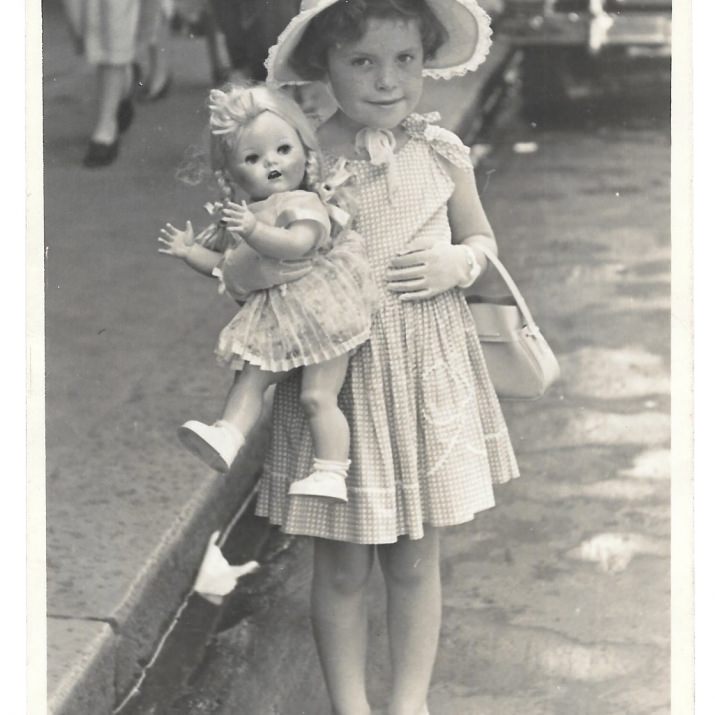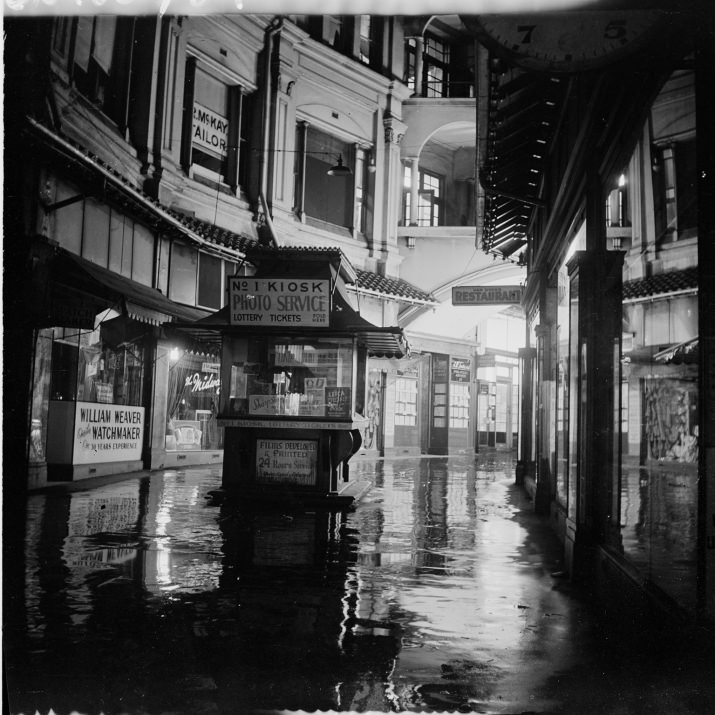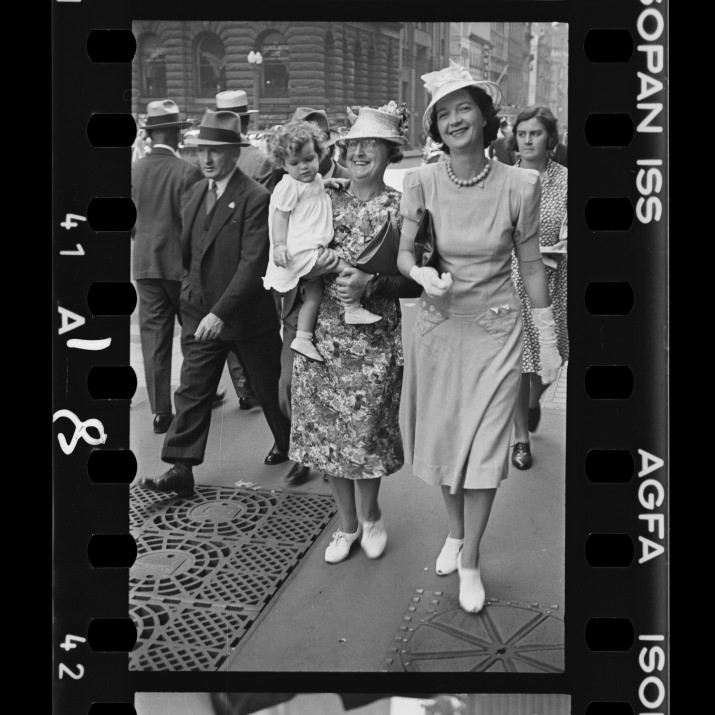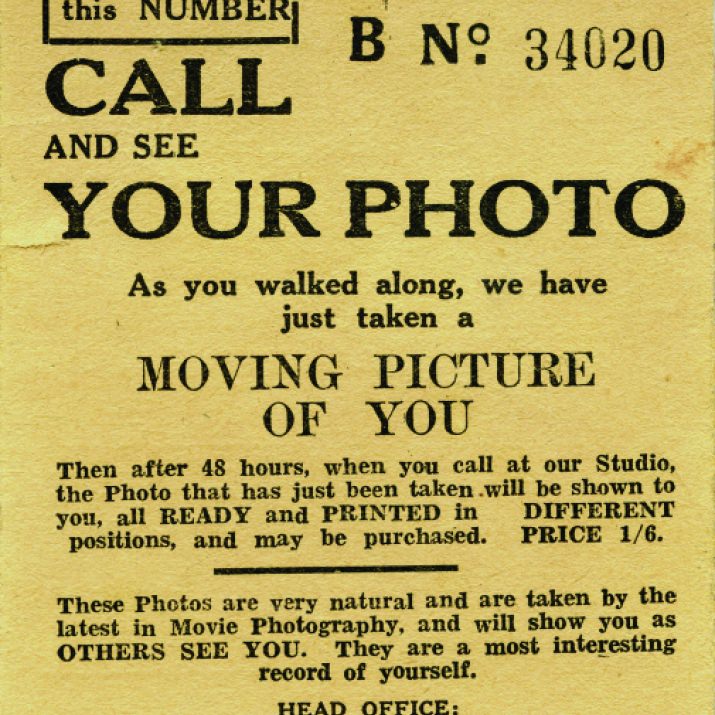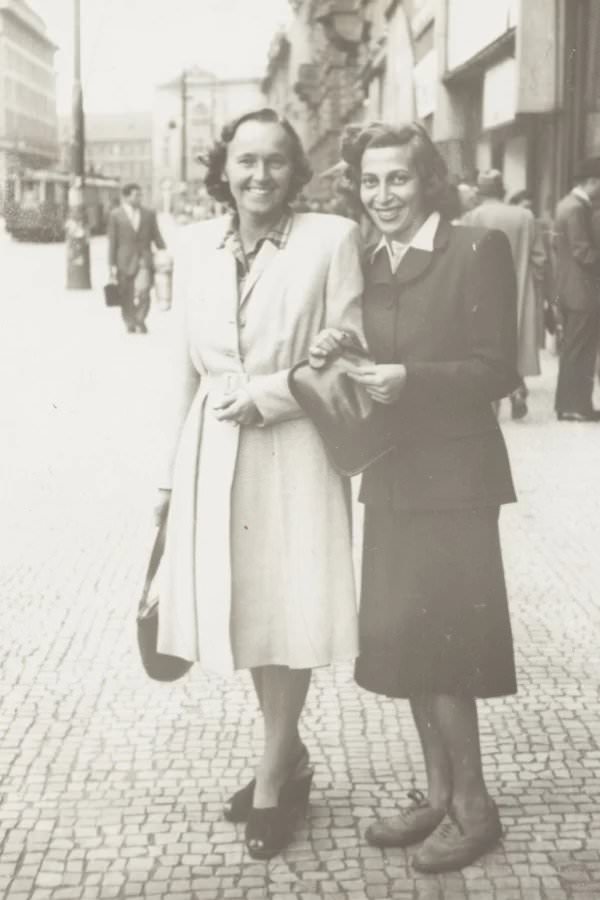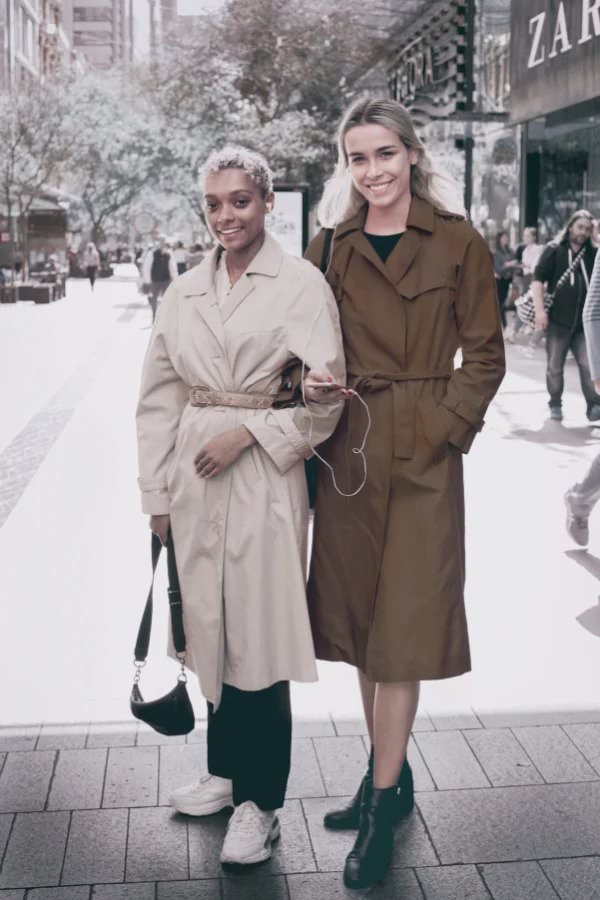In the Streets of Sydney with Anna Zahalka
Anne Zahalka is one of Australia’s most respected photographic artists. She has held more than 40 solo exhibitions and been curated into over 140 group exhibitions all over the world. Zahalka has consistently and consciously explored the conventions of documentary photography and its claims to represent the truth.
“I think photography is always about loss: lost moments, lost events, lost people, lost things” Zahalka said.
Through her career she has worked on different series.
Her latest project, Street Photography, is about all of those things. It’s about lost moments in time, a lost profession, lost customs and lost film. Yet this time it’s also a case of lost and found.
Street photographers were a constant presence in Sydney from the Depression through to the postwar years.
The Zahalka project led to an exhibition at the Sydney Museum which goes until 21 July 2019.
“Street Photography 1930s-1950s”.
During the mid-20th century, commercial street photographers were a familiar sight on Sydney’s streets, capturing everyday people as they strode by or stopped to pose.
Taken against the vibrant background of the city streets, these photographs captured candid moments in the lives of millions of people, from uniformed servicemen and women to postwar migrants exploring their new city and young couples out for a day in town.
Street photographers were a familiar part of central Sydney life from the 1930s to the late 1950s. Armed with small portable cameras and positioned in key places around the city, they photographed hundreds of pedestrians each day, foisting themselves into people’s paths to try to capture a sale. Emerging at a time when personal cameras were rare, these inexpensive black-and-white postcard-sized photos were hugely popular, and quickly became a lucrative business. At the height of the craze, in the mid-1930s, over 10,000 people in NSW were buying photos from street photography companies every week.
Inspired by a portrait of her mother Hedy “looking radiant and happy” on the streets of Prague in 1947 – taken less than a year before she would have to flee the city following the Communist coup – Zahalka turned her eye to Australia’s rich history of street photography.
Armed with 35mm cameras, the Sidney street photographers would snap their subjects quickly – often while they were unaware – then hand over a card for the customer to collect their photos from a kiosk.
With dozens of street photographers operating in Sydney on different corners on any given day, it was very competitive.
“Above all they were amateurs, there were a lot of military backers who ended up becoming photographers it was a way of supporting families and parents.
They had to work very fast. They jumped out of the people as they passed. It was a global thing. [Street photographers] operated all over the world. There’s a huge collection in San Francisco” says Zahalka.
In the mid-1930s, 10,000 people bought photos taken by street photographers every week in the NSW.
“They were very popular and very affordable,” says Zahalka. “He was also very democratic that way, everyone could really afford to have a picture of themselves, they were sent to the military abroad, and then they disappeared into albums and shoeboxes.”
And in albums and shoeboxes they could stay, until Sydney Living Museums published a public call for people to send their photos. They received 1500 images, 250 of which were digitized and enlarged for the exhibition.
Few rolls of street photographic films survive today – a loss for our collective memory – but during the recall of Sydney Living Museums it acquired a collection of 127 rolls of film (about 5000 photos) taken in 1950 at Martin Place.
Zahalka has redesigned 10 of the original images with the descendants of the original subjects, posing where their relatives were.
“I was really taken by some pictures and I was looking at a way to revisit or reimagine the descendants in that same place today and how they would look, I do not work in the way of those street photographers: I find it really in front of me.
“Restoring the original street photos was a way to connect with the past through the descendants and those who still live.” While the buildings behind them looked the same, the face of the city had changed.Today it is a thriving mix of different ethnicities and cultures that It is in stark contrast to this predominantly white photographic history. ”
Zahalka says that the revisited portraits were photographed in the same city or near the originals as much as possible.
“Unlike the early street photographers who worked quickly, targeting their subjects while they were being viewed, I worked slowly with a tripod composing my subjects inside the frame, making it look like they were walking standing still. Others were like the originals, laid down while they stopped because the photographer took their picture, I used a 35mm digital camera and I shot in color rather than a black and white analog camera.”
In another recreation, photographed in Pitt Street Mall, Her daughter Alice and Alice’s friend, Sophie Wild, have re-enacted the original image that inspired the idea of the exhibition, that of Zahalka’s mother posing on the streets of Prague with a friend.
Zahalka says about the shot of Pitt Street:
“Knowing the story behind the portrait of my mother in Prague – surviving the Holocaust, then being forced to flee again from her home, become a refugee and find a safe passage in Australia – gives this portrait an intensity even greater”.
During the exhibition will be held the Anne Zahalka speech about her project on Street Photography in the Sydney Living Museum, Wednesday 20 February 2019 in conversation with the curator of the museum Anna Cossu.


